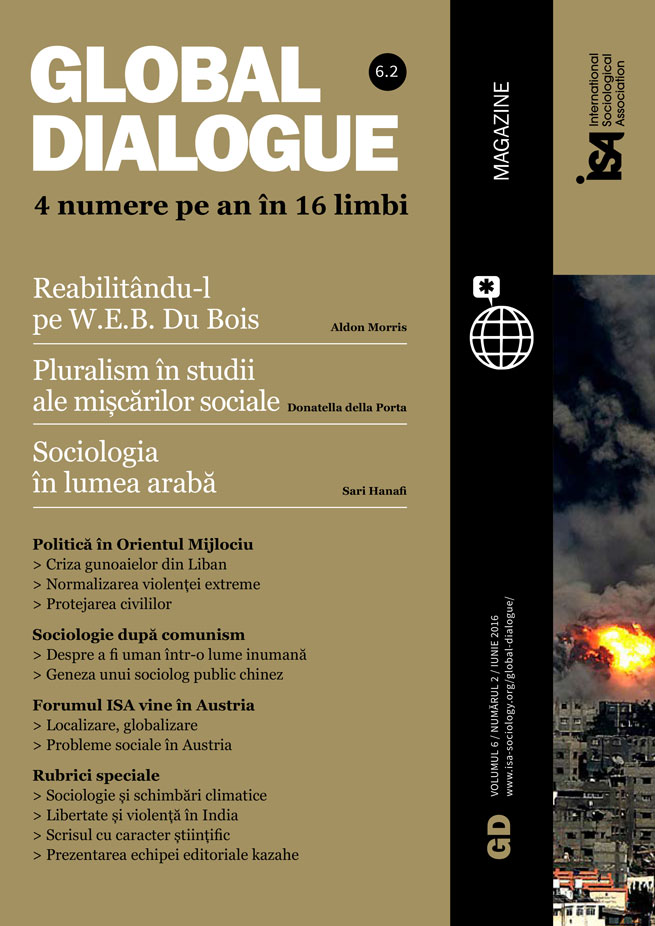Women and men have long been unequally represented at Austria’s universities: while the proportion of men and women is somewhat balanced in the student body as a whole (57% female; 43% male), this is not the case for scientists. Among professors, merely 22% were female in 2013. Does the recent reform of the Austrian university system offer opportunities to change this gender inequality?
The entrepreneurial and managerial university in Austria
Since the University Act was implemented in 2002, new public management tools have been introduced to reorganize the relationship between university and government. Now universities are called upon to perform like companies in an entrepreneurial and managerial way. While the government retreats from its former role involving detailed steering, universities have to compete against each other for financial and symbolic resources. Vice-chancellors have been given stronger decision-making competencies, while external stakeholders such as expert committees and university councils have gained importance. These shifts aim to create universities with strong leadership and specialized profiles – but do the reforms also seek to strengthen gender-equitable and family-friendly politics?
Gender-equitable?
As “autonomous organizations” under the 2002 University Act, Austria’s universities were obligated to introduce Gender Mainstreaming measures, including creating coordination centers, to ensure equal opportunities, setting up working groups for equal opportunities and arbitration boards, and setting a 40% quota for women on all collegial bodies.
It is not clear how gender equality measures will be supported under the universities’ new budget models: although each university is responsible for realizing the new gender equality requirements, financial resources for gender equality work and support from the leadership may differ. Overall, however, the re-organization of universities and the new Gender Mainstreaming instruments seem capable of improving opportunities for gender equity, especially in science.
Family-friendly?
Family demands have been identified as an important barrier for female scientists, so Austrian universities have implemented strategic management tools like the “university and family” audit, supported by the government. Offering good child-care facilities is becoming a way for universities to distinguish themselves from other universities as attractive places for studying and working. At the same time, conservative images of parenthood persist, as university administrators tend to focus mainly on child care, predominantly addressing women as parents, and reproducing the image of heterosexual families.
Austrian universities’ recent changes reflect a complex interplay between economization tendencies, gender equality and family-friendly policies which could offer chances for more social equality. Importantly, however, while these measures may have some impact at the organizational level, scientific cultures and norms involved gendered assumptions. For example, the assumption that scientists prioritize work above all else; the idea that scientists must always be available, flexible and focused on academic work reflects male norms about working time; as potential caregivers, women often find it harder to fulfill this norm than their male colleagues.
Kristina Binner, Johannes Kepler University Linz, Austria and member of ISA Research Committees on Poverty, Social Welfare and Social Policy (RC19) and Women in Society (RC32) <Kristina.Binner@jku.at>
Susanne Kink, Karl-Franzens-University of Graz, Austria a<susanne.kink@uni-graz.at>


















